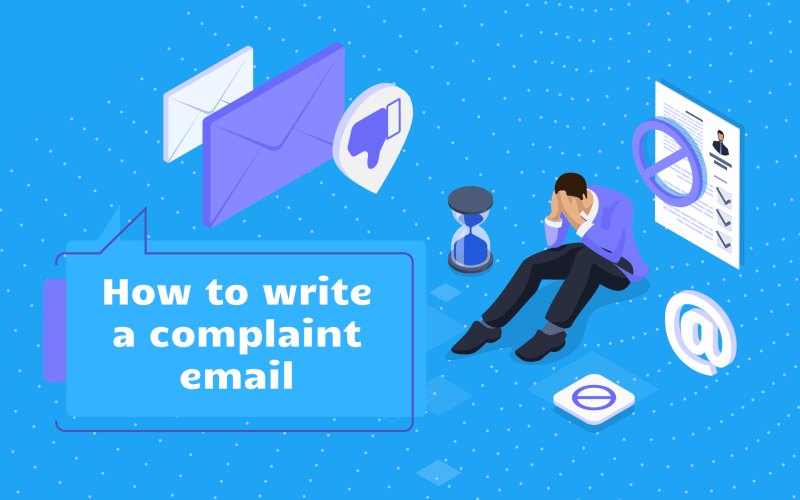When to Write a Complaint Email: The Right Time for Expressing Concerns
Knowing when and how to write an effective complaint letter can make all the difference in resolving issues effectively. Imagine this scenario: You’ve encountered a problem, and it’s bothering you enough that you can’t shake it off. Well, that’s your cue! When you find yourself facing a situation where you’ve:

received a faulty product
experienced poor customer service
encountered billing errors
or any other issue that’s affecting your experience negatively
… it’s time to unleash the power of your complaint email. Timing is essential! Don’t let your concerns simmer for too long. As soon as you notice a problem, it’s best to address it promptly with a well-crafted complaint email. This way, you can ensure that the issue is fresh in your mind, and you can provide clear details to the recipient. Waiting too long may result in the problem being less vivid, and your complaint email may not have the same impact.
Remember, there’s no need to be hesitant about writing a complaint email when it’s justified. It’s your right as a customer to express your concerns and seek a resolution. So, don’t hesitate to take action or use our custom essay writing service to craft a perfect email when you encounter a situation that calls for it!
Types of Complaint Email
In a world where customer feedback holds immense power, the art of crafting a well-written complaint email example has become an essential skill. To master this art, let’s explore the diverse types of complaint emails:
Professional Complaint Emails: These are written on behalf of an organization or company and are more work-related in nature. They typically address issues related to products, services, or interactions within a business setting.
Personal Complaint Emails: These are written by individuals to express dissatisfaction with a product, service, or experience. Personal complaint emails are often used when dealing with issues as a customer or consumer.
Formal Complaint Emails: These emails follow a more structured and professional format. A formal complaint letter is usually addressed to higher authorities, such as supervisors, managers, or customer service departments, and demands a serious response.
Informal Complaint Emails: These emails are more casual in tone and language. They are often used when addressing minor issues or seeking a quick resolution.
Vendor or Supplier Complaint Emails: These emails are directed to a vendor or supplier when there are problems with the goods or services they have provided.
Customer Service Complaint Emails: These are written to express dissatisfaction with the service provided by a company or to report a negative customer service experience.
Billing or Payment Complaint Emails: These emails address issues related to incorrect billing, overcharges, or problems with payment processing.
Complaint Email Examples
In this section, we’ll provide you with three different types of complaint email examples, each tailored to address specific situations. From expressing disappointment with a recent purchase to voicing concerns about customer service experiences and addressing issues with vendors, these examples will equip you with the right language and structure to confidently articulate your grievances.
Source: https
